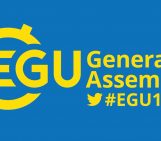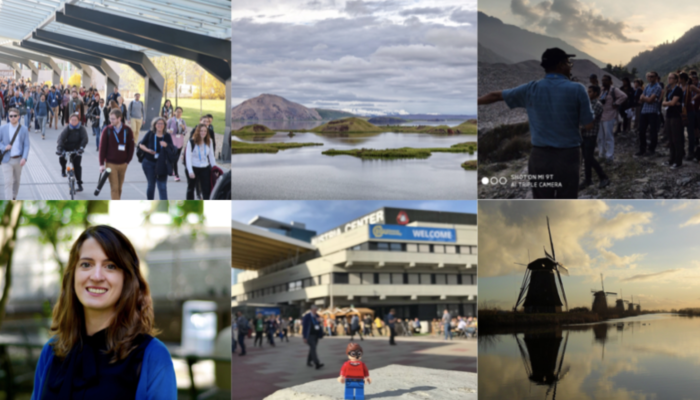
The past 12 months have seen an impressive 160 posts published on the EGU’s official blog, GeoLog. It regularly highlights recent research in the Earth, planetary and space sciences, interviews members of our geoscience community, and brings readers information about the Union and its activities, particularly its General Assembly. This month’s GeoRoundUp will highlight some of the most popular stories published on the blog this year!
10: GeoTalk: Bárbara Ferreira – reflections on a science communication career with EGU
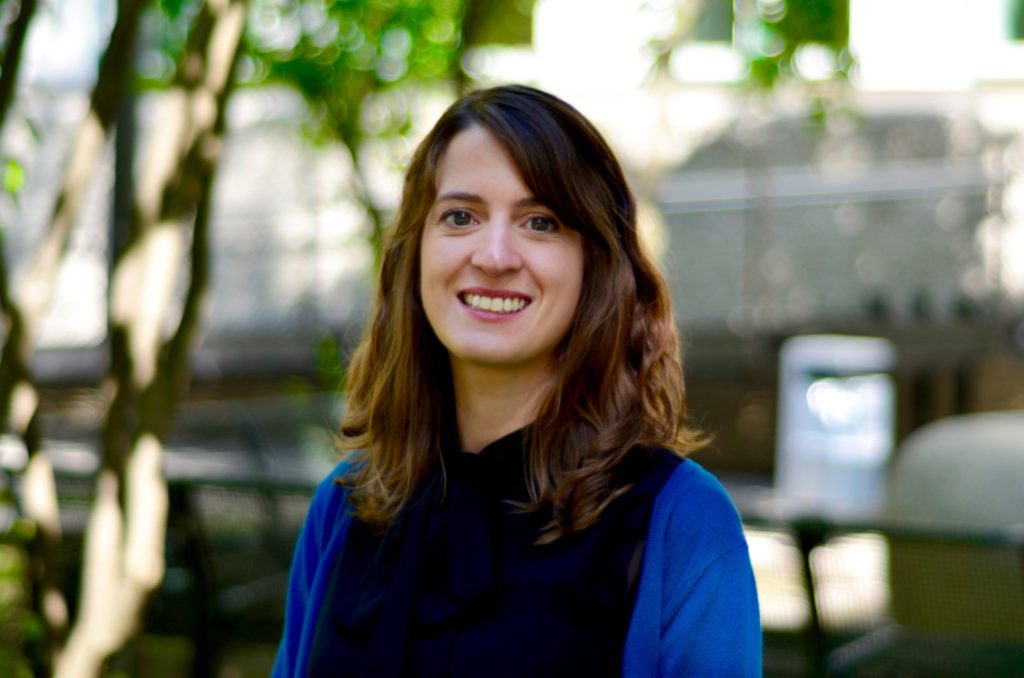
Meet Bárbara Ferreira, EGU’s Media and Communications Manager, who has been an integral part of the EGU since September 2011. We’ve asked her to reflect on some of her most memorable times with EGU!
“Bárbara has been an integral part of the EGU since September 2011. She’ll soon be starting an exciting opportunity at the European Southern Observatory, but before she goes, we’ve asked her to reflect on some of her most memorable times with EGU.”
9: EGU’s response to potential changes to the European Research Council
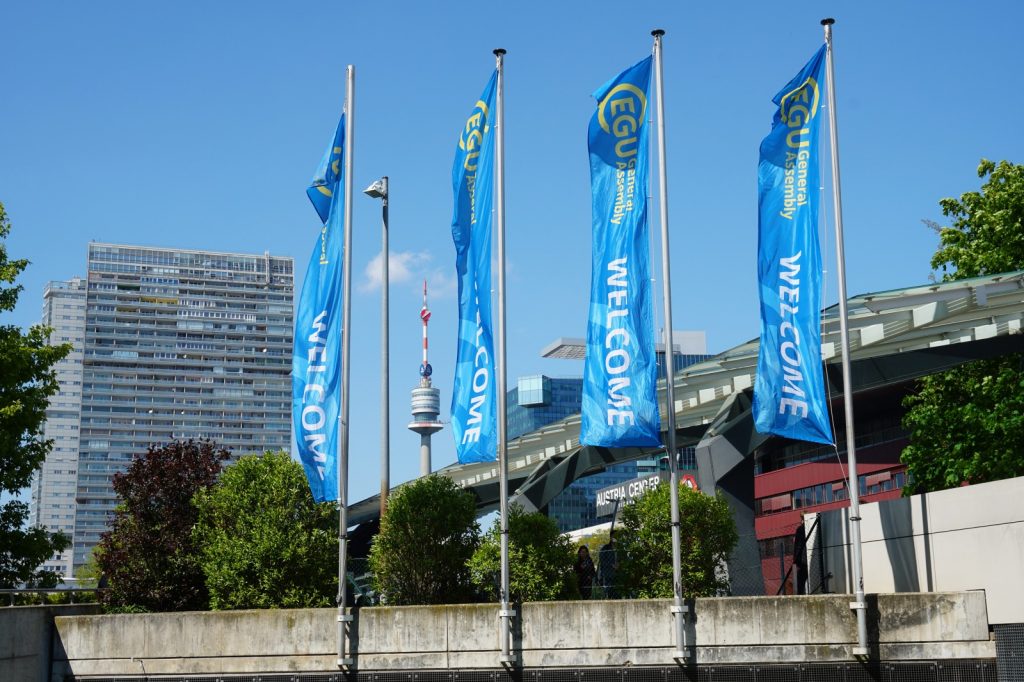
EGU’s response to potential changes to the European Research Council. (Credit: EGU/Foto Pfluegl)
“The EGU strongly supports the unique ability that the ERC currently has to respond directly and independently to the needs of the scientific community.”
8: Challenging challenges in Earth science research at the EGU General Assembly!
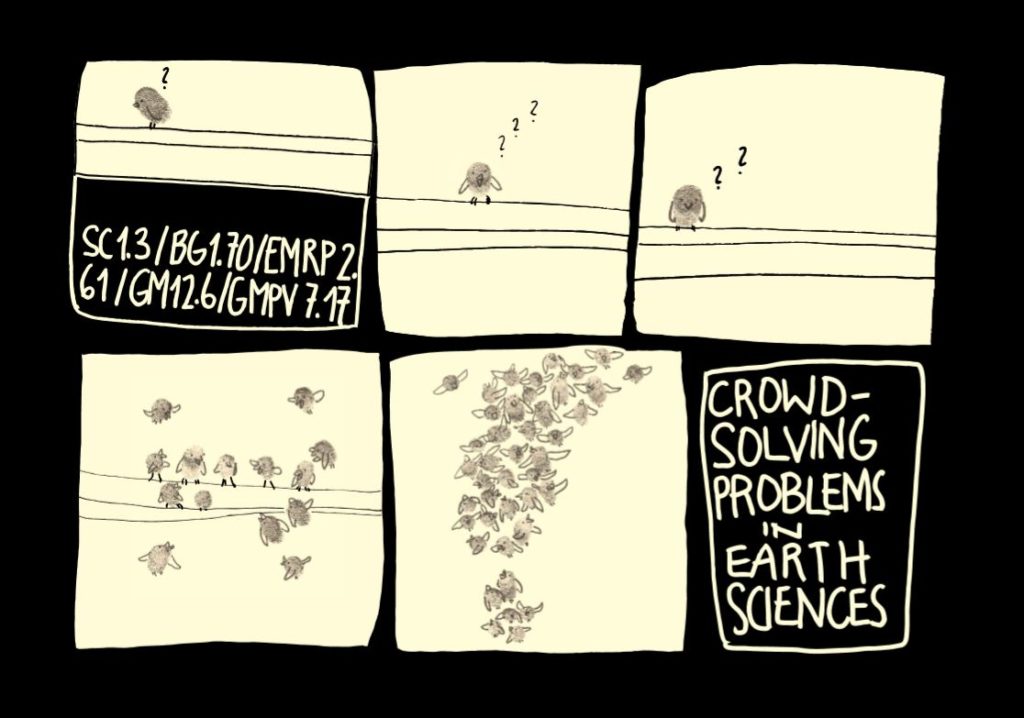
At the short course ‘Crowd-solving Problems in Earth Sciences’ during the EGU General Assembly 2019, scientists came together to both network and brainstorm solutions to some of the challenges that fellow researchers face.
“Discussing the challenges you face in your research among your peers may help you to find the core of the problem, a path to the solution, or even other ECS that face similar problems and may become your fellows in the search for an answer.”
7: How extreme events impact Earth’s surface: reports from the 6th EGU Galileo conference
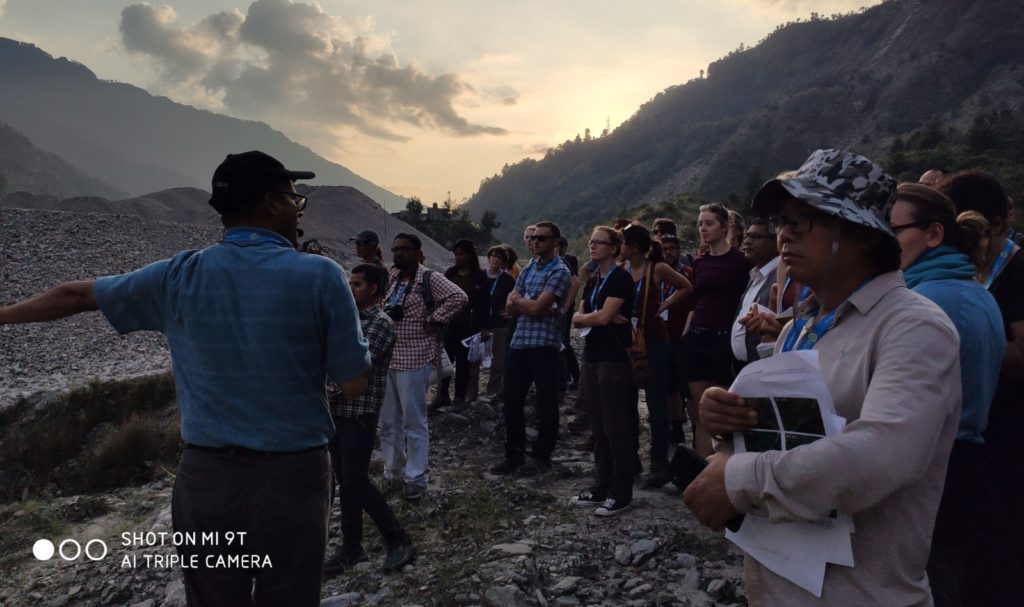
Researchers convene at the Bhote Kosi valley in Nepal for a week long EGU Galileo Conference on how rare and catastrophic events influence Earth system dynamics. (Credit: Kristen Cook)
“In this blog post, the organisers of the 6th Galileo Conference “Perturbations of earth surface dynamics caused by extreme events” reflect on a week of insightful presentations and discussions on rare and catastrophic events.”
6: Geosciences Column: Flooded by jargon
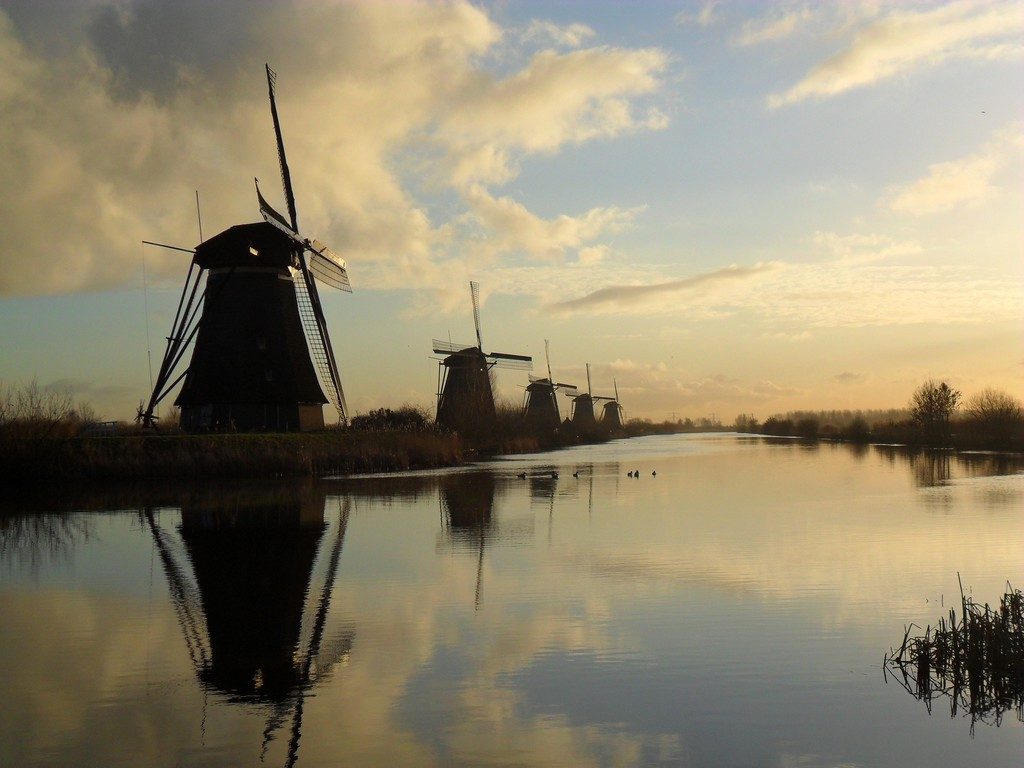
Is it a river? A canal? A stream? And would experts and laypeople agree on what it is? Photo credit: Anna Nadolna (distributed via imaggeo.egu.eu).
“While many don’t consider words like flood, river and groundwater to be very technical terms, also known as jargon, water scientists and the general public can actually have pretty different definitions.”
5: Do’s and don’ts for attending your first General Assembly
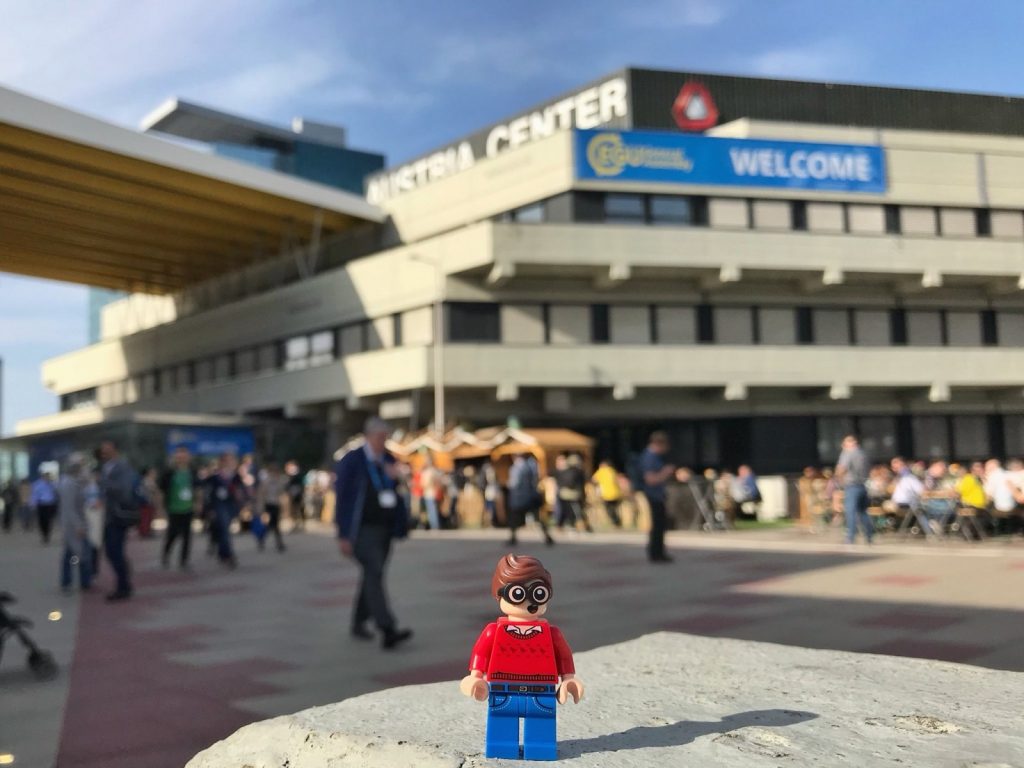
“This is where all the science happens?!” Even Lego minifigures can get overawed at such a large collection of scientists! (Credit: Stacy Phillips)
“I received lots of great advice before I went, but also found out things when I was there that I wish I had known in advance. So here is my list of do’s and dont’s for attending your first General Assembly.”
4: Iceland’s rootless volcanoes

Rootless cones in Lake Mývatn, NE Iceland. These cones were formed when the Younger Laxá Lava inundated the lake approx. 2000 years ago. In total, there are over 1400 rootless cones around Mývatn, ranging in size from <2 m crater. Credit: Frances Boreham
“These mini-volcanoes are unusual because they are ‘rootless’ meaning, unlike most volcanoes, they are not fed from the underground. To make them even stranger, they erupted only once and as part of the same event.”
3: Make your EGU 2019 experience more environmentally friendly

The EGU is implementing a number of initiatives towards minimising the General Assembly’s carbon footprint. Today we’ve compiled a few of the ways the EGU is working to make your conference experience more environmentally friendly, and how you can help.(Credit: EGU / Foto Pfluegl)
“We’ve compiled a few of the ways the EGU is working to make your conference experience more environmentally friendly, and how you can help.”
2: First evidence of microplastics on mountain glaciers

A stunning photo of Forni Glacier. A new study has found evidence of microplastic contamination on this alpine glacier. (Credit: Marcobarci via Wikimedia Commons)
“We tend to think of glaciers as spotless pristine settings. But ‘if plastic is everywhere, why not on the surface of glaciers?’ This occurred to Roberto Sergio Azzoni, a professor of environmental science and policy at the University of Milan in Italy, who decided to find the answer to this question for himself.”
1: Geosciences Column: climate modelling the world of Game of Thrones

With the help of some climate models, researchers have proposed a theory explaining the peculiar climate of the world of Game of Thrones. (Credit: Dan Lunt, University of Bristol)
“While the fate of the Iron Throne is yet to be confirmed, a humble steward has been working diligently to make some sense of the planet’s peculiar climate. The results could help scholars assess when future winters will be coming or how wind patterns may influence where eastern attacks on Westeros from invading dragons and ships would occur.”
And don’t forget! To stay abreast of all the EGU’s events and activities, from highlighting papers published in our open access journals to providing news relating to EGU’s scientific divisions and meetings, including the General Assembly, subscribe to receive our monthly newsletter.


